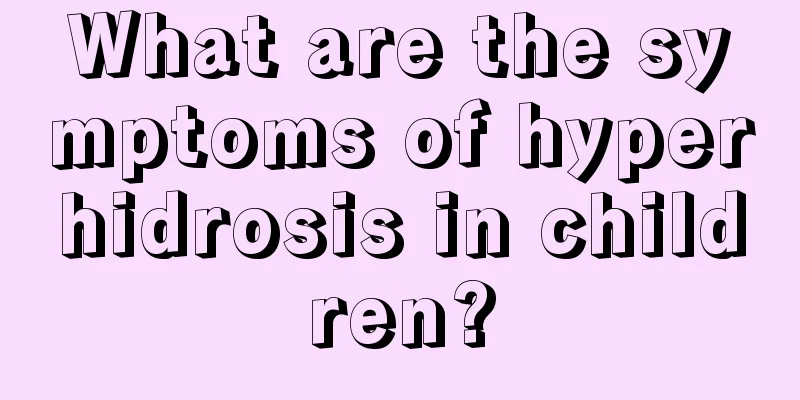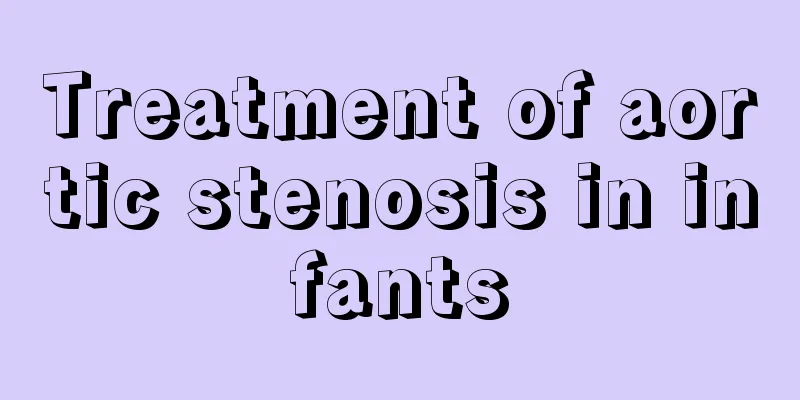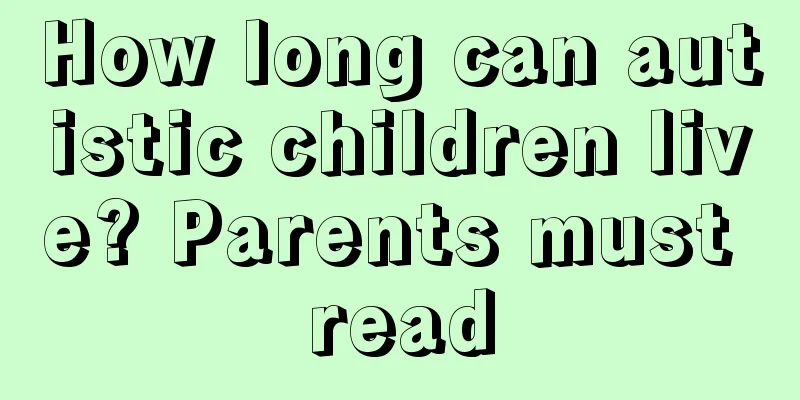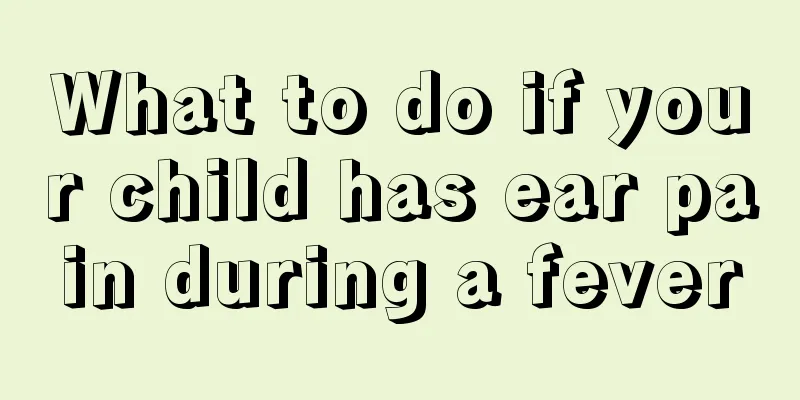What are the symptoms of hyperhidrosis in children?

|
Sweating is a relatively normal physiological reaction of the body, but it is also possible that the amount of sweat on the skin increases abnormally due to conditions such as hyperhidrosis. Hyperhidrosis is a disease that is more likely to occur in children or adolescents. Since children are relatively young, it will definitely make parents very worried. Therefore, we must be aware of its symptoms and seek timely treatment when discovered. So, what are the symptoms of hyperhidrosis in children? 1. Systemic hyperhidrosis Extensive hyperhidrosis is mainly caused by other diseases, such as infectious high fever; endocrine disorders and hormonal disorders, such as hyperthyroidism, hyperpituitarism, acromegaly, diabetes, hypoglycemia, pregnancy and menopause; central nervous system lesions (including damage to the cerebral cortex, basal ganglia, spinal cord and peripheral nerves), Parkinson's disease, pheochromocytoma, salicylic acid poisoning, collapse, etc. can also lead to systemic hyperhidrosis. 2. Localized hyperhidrosis It often first occurs in children or adolescents, often has a family history, and tends to subside naturally in adulthood. The main areas of excessive sweating are the palms, soles, armpits, and perineum, followed by the tip of the nose, forehead, and chest. The palms and soles and armpits are the most common, and the skin may be soaked and turn white. Excessive sweating may be short-lived or persistent, more obvious during mood swings, and has no obvious seasonality. Excessive sweating on the palms and soles is often accompanied by cold hands and feet or cyanosis, and the soles may produce a special odor due to the decomposition of sweat. Excessive armpit sweating usually does not have an odor, unlike body odor. Excessive sweating on the tip of the nose, forehead and chest is often related to irritating foods, and often occurs when eating spicy foods, hot coffee, hot tea, or drinking strong alcohol. It is also called gustatory hyperhidrosis. The above is an introduction to the symptoms of hyperhidrosis in children. I hope it will be helpful to everyone’s understanding. Hyperhidrosis in children is generally divided into systemic and local types. The symptoms of different types of hyperhidrosis are different. When relevant situations occur, it is necessary to determine the condition and then take better measures to treat it in order to obtain the best results. |
<<: The types and characteristics of rash after baby fever
>>: The reason why there are fat particles on the baby's face
Recommend
What to do when your child has a migraine
Children's resistance is relatively weak, so ...
What is the diet for children with constipation?
We all know that constipation is very harmful to ...
Why does my child have knee pain?
Children's bones are very fragile and more vu...
What are the ways to improve primary school students' memory?
No matter what kind of education model, children ...
Children's allergic purpura symptoms, pay attention to it after reading
Henoch-Schonlein purpura is a relatively serious ...
Can children eat Cistanche deserticola?
Everyone has eaten Cistanche deserticola more or ...
How to check stomach pain in children
I don’t know if you have noticed that we adults a...
What causes a child to have a fever while teething?
Many parents and friends have recently said that ...
Can my baby drink milk if I have a fever?
Nowadays, many mothers will try their best to fee...
What should I do if my 7-month-old baby has a fever?
What should you do if your baby has a fever at 7 ...
What's wrong with my child's cramps?
When a child has cramps, it is better to press th...
What kind of soup is good for children in summer
Summer can cause great discomfort to the human bo...
How to supplement zinc and iron deficiency in babies
As children grow older, their bodies need more an...
What causes cramps in children? These 6 reasons are the most common
When a child has symptoms of convulsions, parents...
Symptoms of cockroach bites
If the indoor hygiene is not clean, many insects ...









